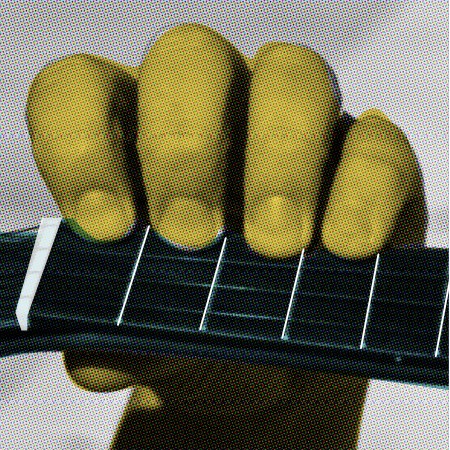Want to learn how to play the ukulele? You’ve come to the right place! The ukulele is a wonderfully social instrument that brings people together through music. This guide provides a step-by-step approach for beginners, covering everything from holding the instrument to playing your first songs. Get ready to embark on a fun and rewarding musical journey!
Getting Started: Holding the Ukulele
Before diving into chords and strumming, let’s establish a good foundation. Proper posture and hand positioning are crucial for comfortable playing and preventing strain.
Whether standing or sitting, hold the ukulele close to your body. A strap can help maintain the optimal position, but it’s not essential. Without a strap, your right forearm secures the instrument against your chest. Your left hand should lightly support the neck near the headstock.
If sitting, choose a chair without arms and sit upright at the edge. Avoid slumping. Try crossing your right leg over your left for added support. Relax your shoulders and remember to breathe!
Your First Strum and the C6 Chord
Ukulele strings are numbered 4-3-2-1 from top to bottom (G C E A). Start by gently strumming each string individually with your thumb. The ideal strumming area is where the neck meets the body. Sing along with the string numbers and their corresponding pitches.
Now, strum all four strings together while counting a steady 1-2-3-4 rhythm. Try singing “Row, Row, Row Your Boat” along with your strum. (Hint: The starting note is C, found on the third string.) Consistent downstrokes are the foundation of ukulele strumming.
Strumming all open strings creates a C6 chord (G C E A). This is because ukuleles are typically tuned to C tuning, making the C6 an easy starting point.
Introducing the C7 Chord: Your First Chord Shape
For chording, your left hand should resemble a sock puppet making a talking motion – wrist straight, fingers aligned. Place your fingers between the frets with a gentle curve, thumb on the back of the neck opposite your index finger.
To form a C7 chord, place your index finger on the first fret of the first string (A string). Your hand should resemble an “OK” sign. Strum all the strings. Congratulations! You’re playing a C7 chord. Try playing along to a simple one-chord song like “Old Joe Clark.”
Understanding Chord Diagrams
Chord diagrams visually represent chord shapes. The top horizontal line represents the nut, the vertical lines are the strings (4-3-2-1), and the thinner horizontal lines are the frets. Dots indicate finger placement, sometimes with numbers specifying which finger to use.
Mastering the F Chord
To play an F chord, place your index finger on the first fret of the second string (E string) and your middle finger on the second fret of the fourth string (G string). Ensure your fingertips are pressing down firmly and not touching other strings. Practice transitioning between C7 and F for a smooth chord change.
Adding the G7 Chord to Your Repertoire
Starting from the F chord position, keep your index finger in place. Move your middle finger to the second fret of the third string (C string), and place your ring finger on the second fret of the first string (A string). This creates a triangle shape pointing towards the nut. The G7 is a bit more challenging, so be patient and practice diligently.
The C Major Chord: Your Home Base
Place your ring finger on the third fret of the first string (A string). This is a C major chord, a fundamental chord in ukulele playing.
Exploring Rhythm and Strumming Patterns
Rhythm is the heartbeat of music. A common rhythm is counted as 1 and 2 and 3 and 4 and. Downstrokes fall on the numbers, while upstrokes fall on the “and”s. You can use your index finger or a combination of fingers for upstrokes.
Experiment with different strumming patterns. Try a backbeat by strumming only on beats 2 and 4. Or try the “doo wack-a do” strum: light downstrokes on beats 1 and 3, accented downstrokes on beats 2 and 4, followed by an upstroke.
Putting It All Together: Playing Songs
With these chords (C6, C7, F, G7, C), you can play countless songs! Try “99 Bottles of Beer,” “Popoki Make a Cat” (a Hawaiian song), or Bob Marley’s “Three Little Birds.” Remember to practice transitioning between chords smoothly and maintaining a steady rhythm.
Keep Learning and Have Fun!
This is just the beginning of your ukulele journey. Explore online resources, join ukulele communities, and continue practicing. Most importantly, have fun and enjoy the joy of making music!
